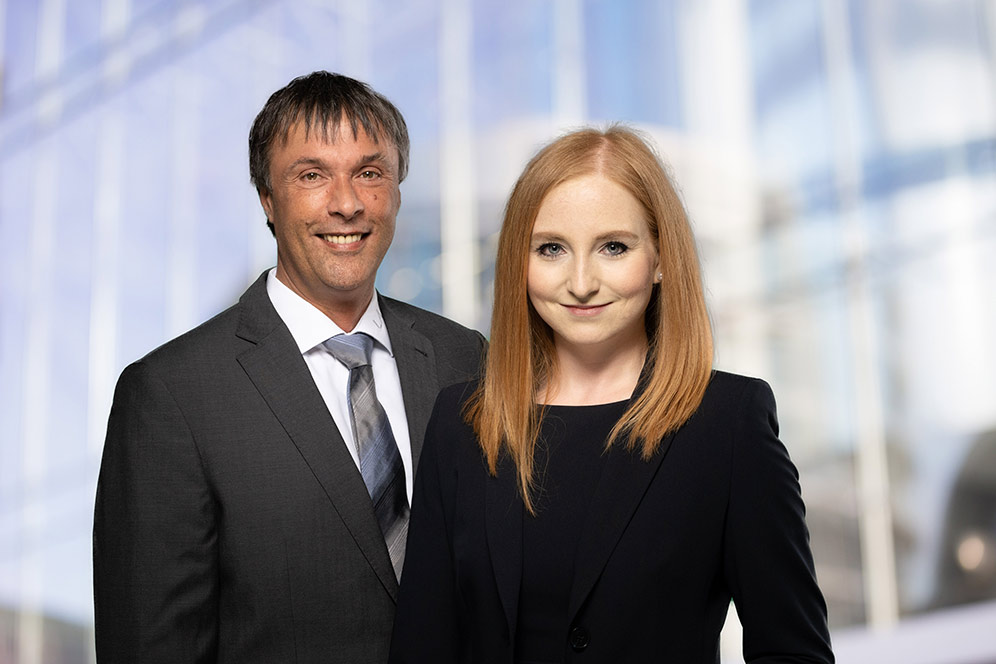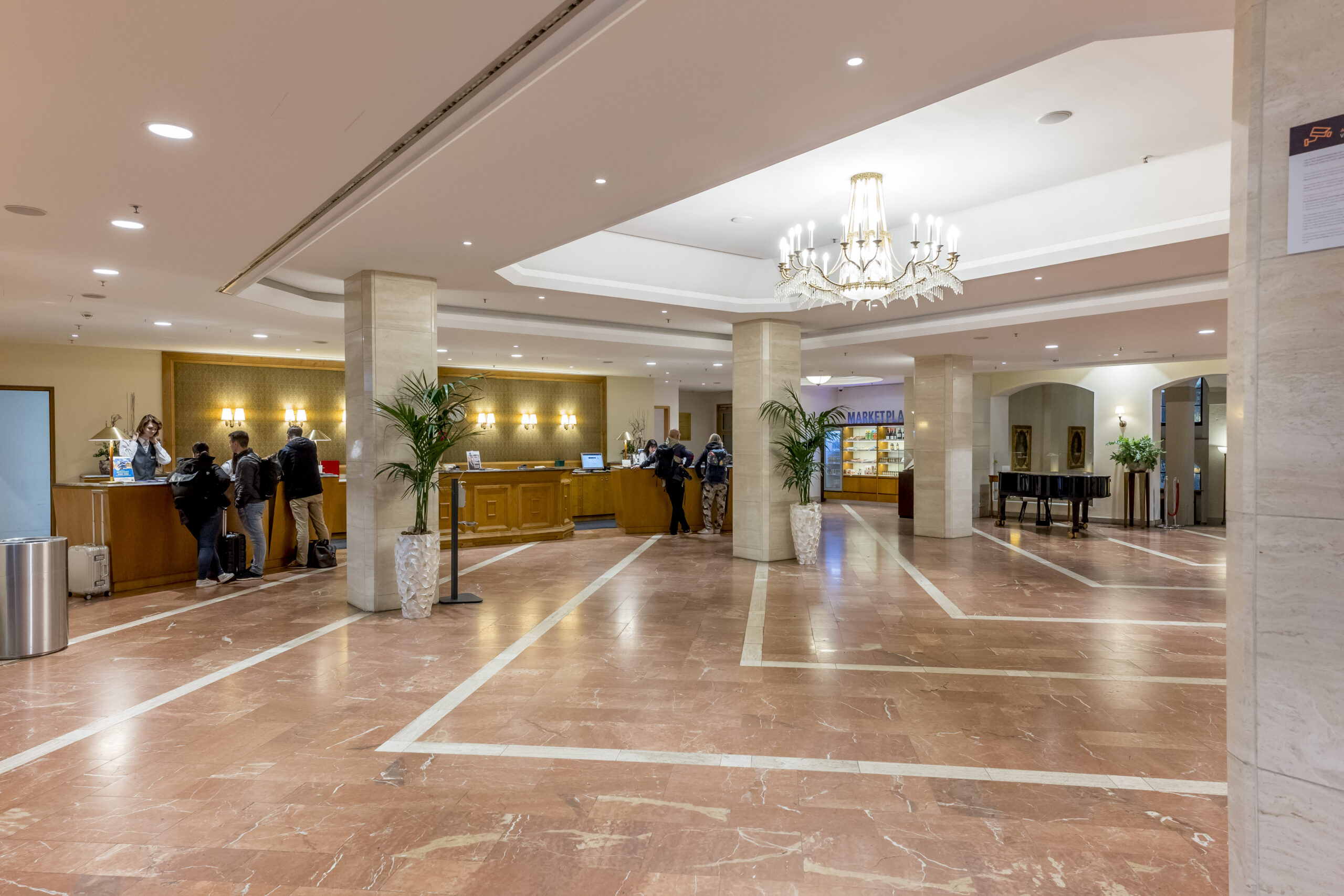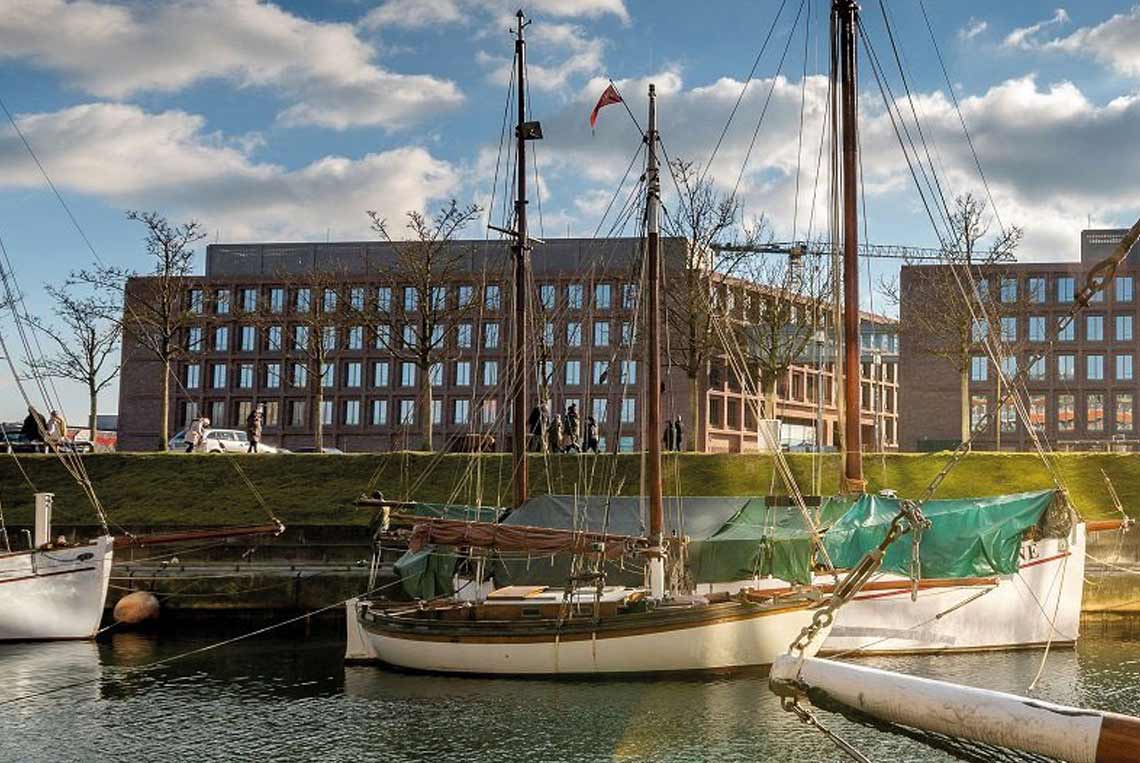Interview: What aspects should be considered in the future planning of office space?
Issue 02-2021:
read all articles online
read as pdf

What issues do you encounter today when you’re discussing building planning with building owners or general contractors?
Isabel Scheidemacher: Currently there’s a lot of discussion about the basic topics “home offices” and “available office spaces.” Visions of what will happen next are very vague. Concepts and ideas regarding this situation are currently lacking.
What might a solution-based approach look like?
Frank Lettmann: We’re working on the assumption that the size of the spaces will remain the same, but they’ll be used more flexibly.
In order to achieve this, technology must be installed to make the building smarter. With the help of self-learning algorithms, employees can use office spaces optimally and flexibly.
At the moment, there’s still a room called the “office” and it can’t be anything else. But if I redesign the technology, it can be a meeting room or a project room. Radio-based and battery-free sensors that can be flexibly installed at any time can provide support here.
What role does sustainability play in this solution-based approach?
Isabel Scheidemacher: If the office space is not fully utilized, it’s of fundamental importance that the unused space independently adjust to minimized energy consumption.
This can be achieved through an optimized user space based on actual requirements. If an employee holds a meeting with four participants, they don’t need a meeting room designed for 20 people.
At the same time, there must also be something on offer for employees that makes them want to use the available spaces. In the future, people will decide more independently whether they want to work from home or in the office.
What was once compulsory is evolving into an option. This requires agility. What should I offer my employees so that they use the space I have? Meeting rooms, silent rooms, telephone rooms, workstations, etc.
How do you evaluate the human factor in this process?
Frank Lettmann: Currently, we’re still operating from a “here is your workstation” mindset. But the younger generation will require a workstation that is not simply used to do their work, but is increasingly a place of well-being. This can be achieved with the aid of the necessary and existing hard skills relating to light and room climate. However, it will be the soft skills that transform the building into an attractive place for employees. The architecture and envelope play a role, as does the technology.
How exactly can technology provide support?
Isabel Scheidemacher: We already have a lot of data generated within the building. The interesting thing is how we work with the data. In this respect, the catchword is “Internet of Services.” What do I do with the data, how do I link it in a meaningful way? The building must make decisions about the future based on all the collated data and historic data. The aim is for employees to enjoy coming into the building. The algorithms will take over operation so that the operator doesn’t have to.
How are you appealing to investors and building owners?
Frank Lettmann: They need to start changing their mindset now. The course has to be set for the generations of tomorrow and beyond, so that buildings remain functional in 5 years’ time.
www.lae.eu
New articles in Smart Building
Top articles





